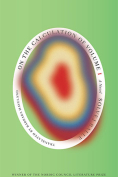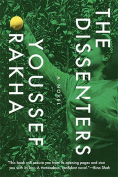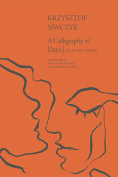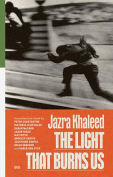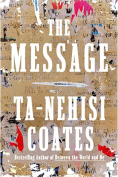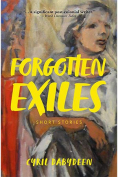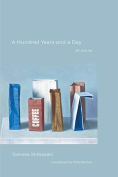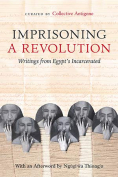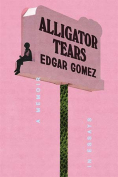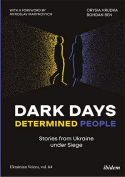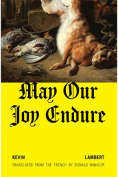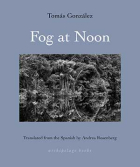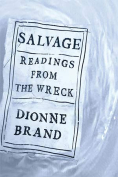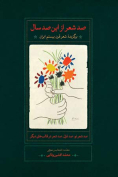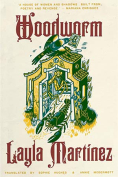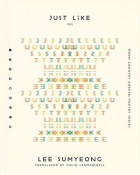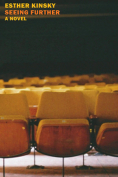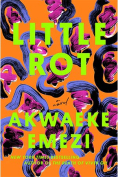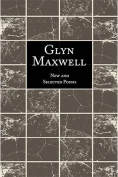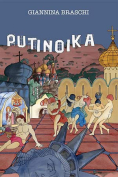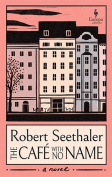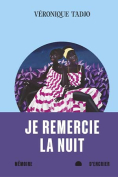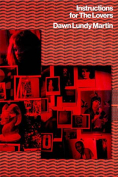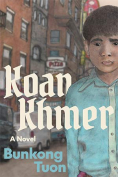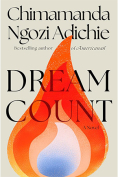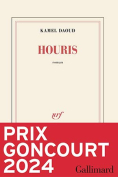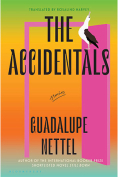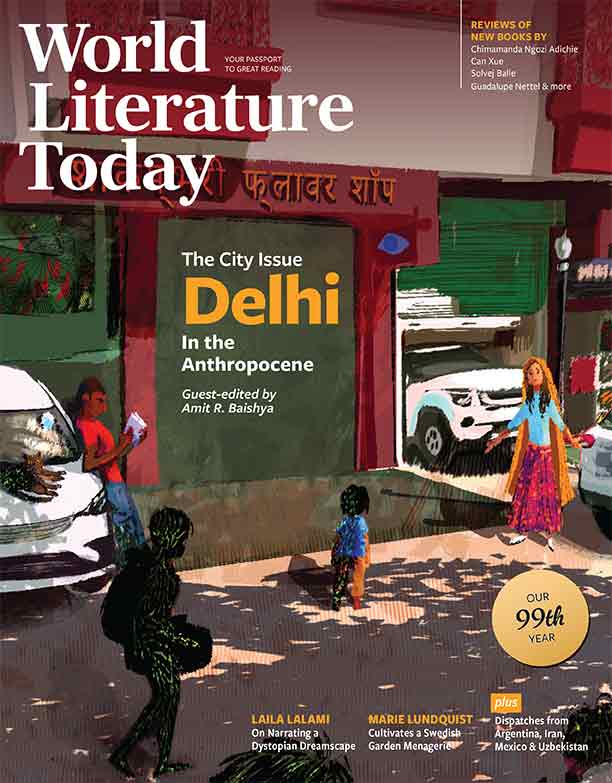One Hundred Poems from These Hundred Years: A Selection of Twentieth-Century Persian Poetry
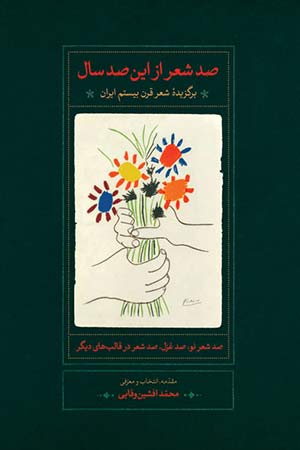
Tehran. Sokhan. 2023. 1031 pages.
In an age when poetic traditions often splinter between innovation and preservation, Mohammad Afshin Vafaie’s anthology One Hundred Poems from These Hundred Years (Sad She’r az In Sad Sal) stands as both a bridge and a mirror to a century of Persian poetic consciousness. Beginning with Ali-Akbar Dehkhoda’s elegiac verse—“Remember the dead candle, Remember”—composed a century ago, this collection navigates the complex currents of twentieth-century Persian poetry with remarkable sensitivity.
Vafaie’s curatorial approach privileges resonance over reputation. Rather than assembling works based on poets’ historical significance, he seeks poems from the past hundred years that have penetrated the collective memory—verses that ordinary Iranians have carried through decades of profound social transformation. This methodology yields a collection where each poem represents not merely aesthetic achievement but cultural embodiment, where literary excellence meets lived experience.
Persian literature spans more than a millennium of masterpieces that have continuously elevated readers’ expectations. Persian audiences inherit a sophisticated poetic palate, refined by centuries of exposure to Rumi, Hafez, Sa’adi, and countless others whose works remain vibrant in cultural memory. Against this backdrop, Vafaie’s decision to employ collective memory as his primary selection criterion for modern poetry demonstrates wisdom. By turning to what people actually remember and recite from the last century, he acknowledges that ordinary Iranians—not critics or academics—serve as the ultimate arbiters of poetic merit.
The true test of a poem’s worth emerges through time. Regardless of political backing or critical acclaim, regardless of innovative form or fashionable themes, the Persian audience remains the final judge. If readers cannot see themselves reflected in the verses, if they cannot hear their concerns echoed, they allow the poem to fade into oblivion. This natural selection ensures that what survives in memory truly represents the finest expressions of contemporary Persian sensibility. Vafaie’s anthology offers not merely a subjective collection but a documentation of what has organically emerged as the “best” poetry these last hundred years have produced—works that have earned their place through genuine resonance rather than institutional promotion.
The anthology’s tripartite structure—one hundred poems in new forms, one hundred ghazals, and one hundred in traditional forms—creates a comprehensive portrait of a tradition in conversation with itself. Vafaie acknowledges the tensions between innovation and tradition, noting how some traditionalists remain “so bound by poetic convention that contemporary audiences do not find pleasure in their poetry,” while younger poets sometimes “claim to start their poetry from zero” without recognizing their cultural inheritance.
What emerges is a nuanced cartography of Persian poetic development over the past century that challenges simplistic narratives. Through meticulous selection and thoughtful contextualization, Vafaie has created more than an anthology; he has constructed a cultural intervention that invites readers to rediscover what makes poetry essential. In an era of fractured attention, One Hundred Poems reminds us that true poetry still carries the capacity to “stir the heart” across generations, political divides, and aesthetic movements.
Mina Raminsabet
University of Oklahoma
